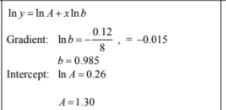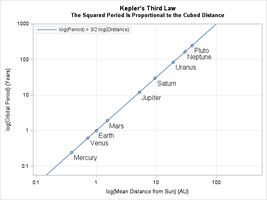Kulla_9289
Junior Member
- Joined
- Apr 18, 2022
- Messages
- 213
How do you convert a non-linear equation to its linear form? For example, if I have [imath]y(a-x)=bx[/imath], how would I convert it to its linear form of [imath]Y=aX+b[/imath]? Do I use substitution as in [imath]ax+b=\frac{bx}{a-x}[/imath]
Last edited:



